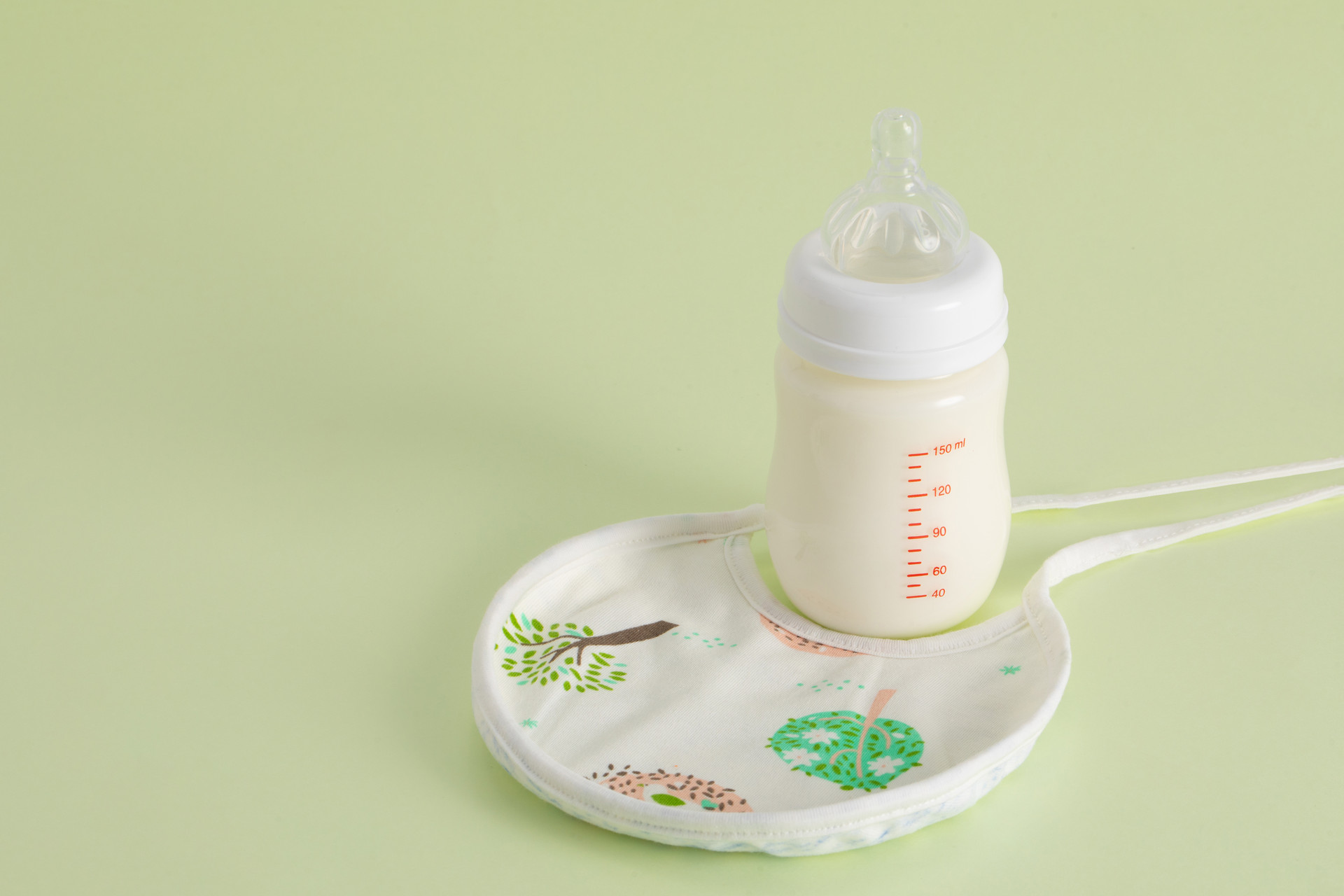Various diseases of the ear can pose a threat to hearing. Children, due to their weaker immune system, are considered a "high-risk group" for otitis media. Otitis media is most commonly characterized by a feeling of pressure or blockage in the ear, hearing loss, and tinnitus. It often occurs after a cold or may occur without any noticeable symptoms.
When children have otitis media, they may exhibit delayed responses to speech or lack of concentration, accompanied by symptoms such as fever, chills, and diarrhea. Infants and toddlers may appear restless, fussy, have disturbed sleep at night, shake their heads or rub their ears, and refuse to drink milk. Older children may complain of ear pain, difficulty hearing, or tinnitus.
Currently, there is a large temperature difference between morning and evening, resulting in an increased number of children with colds and consequently an increase in cases of otitis media, with infants and toddlers being the majority. This is because the eustachian tubes in children are shorter and wider, making it easier for bacteria to enter the middle ear (as the different sensory organs are interconnected) and trigger an inflammatory response. However, most cases of otitis media are caused by poor lifestyle habits.
Some people, when blowing their nose, use their fingers to pinch both sides of their nostrils and forcefully expel mucus. This pressure on the sides of the nostrils can push inflammatory mucus into the sinuses, causing sinusitis, or into the tear ducts, causing conjunctivitis. In severe cases, it can even force mucus into the eustachian tubes, leading to otitis media. The correct method is to hold one nostril and blow out the dirt from the other nostril.
Young mothers, when feeding their babies, sometimes let them lie flat and suck on a bottle. This can cause milk to flow back into the nasopharynx and enter the middle ear through the eustachian tubes, leading to otitis media. Therefore, when feeding a baby, it is crucial to avoid overfeeding and feeding too quickly, and most importantly, to hold the infant in an upright position.
Otitis media can be classified into many different types, and the symptoms may not be consistent. Parents need to closely observe their child's response to sound and seek medical treatment early if any suspicious symptoms arise.











